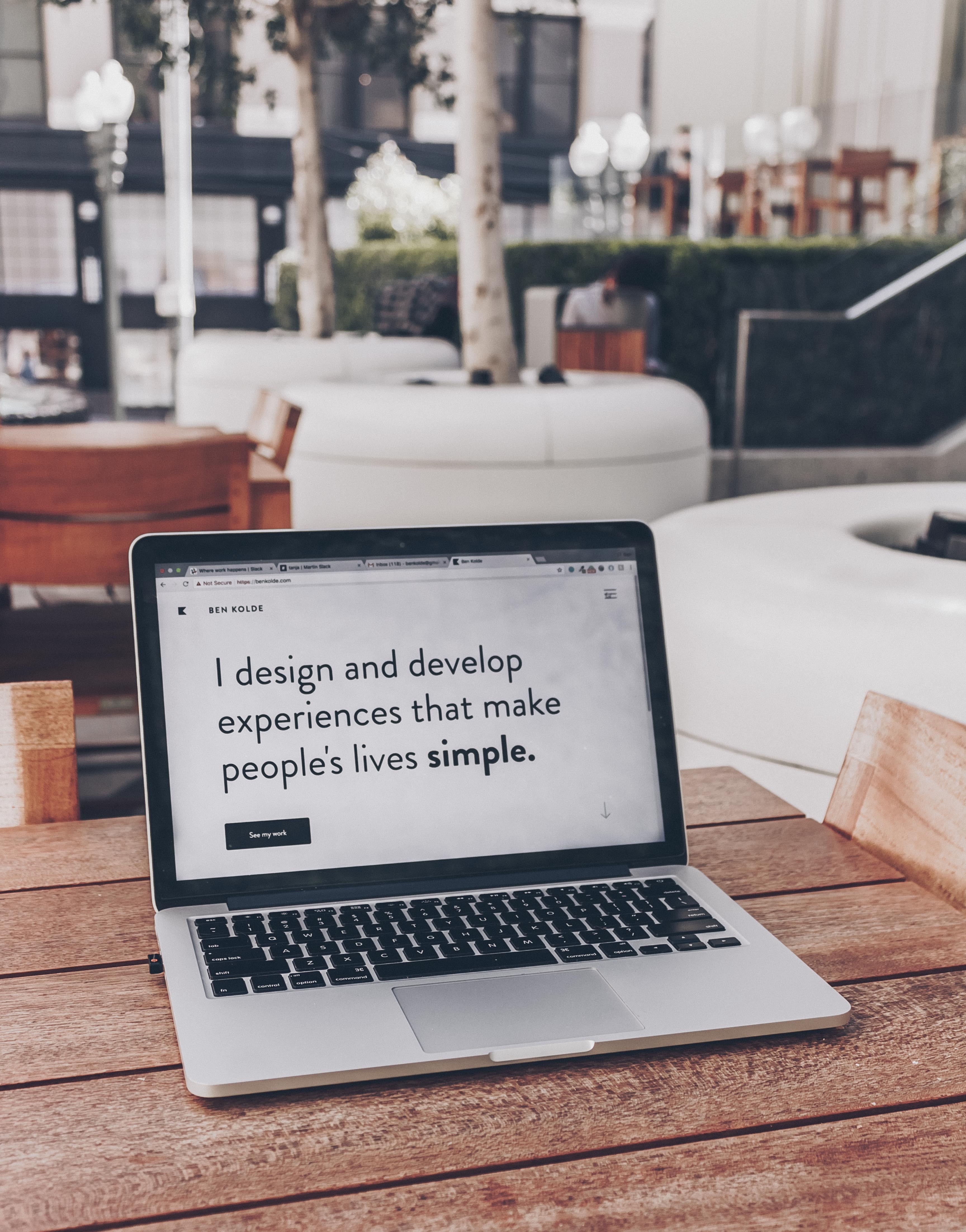Social addictions.
Nothing gets our inspiration flowing like a good, juicy blog post. Read about what we’ve been working on (our latest launches), what we can’t stop thinking about (design trends, industry happenings and new partnerships) and what we think you should know (expert branding insights and probably some stuff about dogs).
Check back often—we’re quite chatty when we want to be.
Redesigning a Website for a High Usability Score
As the client service joke goes… “Speed, quality, price… Pick 2.” While explaining limitations may have worked in the distant past, online environments, with long established leaders like Amazon and Facebook, have raised the bar exponentially. Users now demand perfection and expect to get it.
If users don’t see what they need within seconds of navigating to a website, they’ll head back to the search engine. If they can’t easily complete the purchase process, it could lead to an abandoned shopping cart.

What Defines Interactive Web Design?
According to Andreas Komninos, a useful (interactive) website must have both high utility and usability.
Utility means the user can get what they need by visiting your site. If you don’t satisfy this need, it doesn’t matter how useable you make your site. This desired utility is delivered by a host of different website functions.
If you’re redesigning a website, a great place to start is in identifying the main reason people visit your site and translating that reason into functions. You should also make sure that the functions that serve your company’s objectives are also represented (e.g. promoting priority initiatives or products).
Website Features Are What Satisfy Functions
Once you’ve established your site has (or will have) all the utility your users need, the task becomes turning those functions into tangible reality (i.e. website features).
Your website’s features are the visual elements and steps you arrange to help users accomplish these functions and satisfy needs. How well you do this is collectively called usability.
Increasing Your Website’s Usability Score
According to UX expert Whitney Quesenbery, cited by Interaction Design Foundation, there are five areas that contribute to usability:
- Effectiveness
- Efficiency
- Engagingness
- Error Tolerance
- Ease of Learning
Effectiveness
Effectiveness simply means the site works as expected when the user does what you prompt them to do. An effective website requires clear navigation and instructions so that what you communicate and what users understand are exactly the same. The site also needs to work when they follow your prompts. Testing all paths and functions (use cases) is crucial to ensuring an effective site.
Efficiency
Efficiency is how quickly and easily a user can accomplish the task at hand. Creating an efficient site requires understanding your user and how they behave in digital environments. This allows you to streamline your processes and site without eliminating any necessary features.
This streamlining could mean reducing the number of clicks to purchase. It could also mean reducing the amount of required reading, removing what most users already know or don’t really need to know to complete the process. There should of course be alternate paths or additional information available (e.g. FAQ) for users who don’t fit the dominant use cases.
Additionally, your website must be lightweight. Users won’t wait more than a couple seconds for it to load. Getting rid of extraneous distractions and optimizing remaining images is a great place to start. Your site should also render properly for all devices and browsers to ensure a consistent experience.
Engagingness
Engagingness refers to how pleasing your website is to use. Engaging sites are well designed and have exciting aesthetic elements. Beyond the ease and simplicity of an efficient or effective site, interactive web design goes beyond simple and easy to become enjoyable or even fun and interesting to use.
Error Tolerance
A website with high error tolerance allows a user to get what they need even when they don’t do everything correctly.
This means including features like redundancy, where there is more than one way to get to or complete the function. Further, it might restrict user options (e.g. dynamic form options) to prevent inappropriate choices in the first place.
Clarifying instructions or examples might be offered proactively or in response to user error, helping them get through the process without too much frustration. A chat box can be a good last resort to help users resolve a difficulty.
Ease of Learning
A website that’s easy to learn usually lines up with existing mental models. This means that features/items are easily recognizable, matching their physical world counterparts (e.g. buttons). Additionally, your designed processes mirror the assumed way of things and established digital processes. In this way, your site’s required methodologies don’t require any new learning or unlearning. Since the user is already familiar, they automatically complete the task successfully.
Website Usability – Small Investment with Big Returns
While making a useful and highly usable site may seem like a lot of extra work, it’s simply about understanding your customer base and how they prefer to interact with your brand. If you make these improvements while redesigning your website, you can potentially reduce your total workload and exponentially improve results with just a little extra planning.
To learn more about how we assess usability, reach out today to tell us about your website needs.
